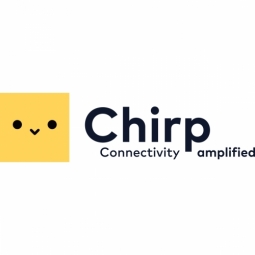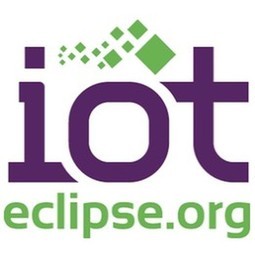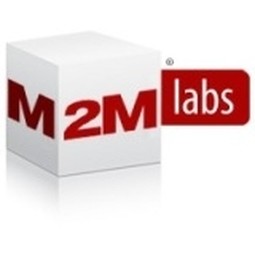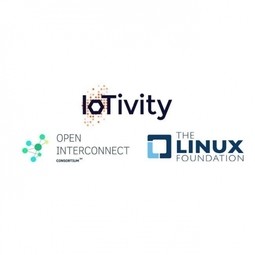Download PDF

Chirp
Connectivity amplified
Overview
HQ Location
United Kingdom
Year Founded
2011
Company Type
Private
Revenue
< $10m
Employees
11 - 50
Website
Twitter Handle
Company Description
Send any data with sound.
Chirp technology encodes data into a series of audible or inaudible near-ultrasonic pitches and tones to form a ‘sonic barcode’. Data is encoded on a sending device before being transmitted, over the air, to a receiving device, or group of devices where it is decoded.
Chirp technology encodes data into a series of audible or inaudible near-ultrasonic pitches and tones to form a ‘sonic barcode’. Data is encoded on a sending device before being transmitted, over the air, to a receiving device, or group of devices where it is decoded.
IoT Solutions
Chirp's technology suite of interoperable standard SDKs works on many different technology platforms and they can develop custom SDKs for our partner's specific requirements. Powerful error correction and patent-pending decoder technology makes Chirp technology bulletproof.
Why audio data encoding
• Does not require an existing audio signal to operate on.
• Encode and decode information in real-time, without external components
• Good fit for compact, dynamic payloads - appropriate for creating network-like communication links between devices
• Relatively high throughput making it suitable security-critical applications
Developer friendly
Easy to set up and integrate in an app or product.
Why audio data encoding
• Does not require an existing audio signal to operate on.
• Encode and decode information in real-time, without external components
• Good fit for compact, dynamic payloads - appropriate for creating network-like communication links between devices
• Relatively high throughput making it suitable security-critical applications
Developer friendly
Easy to set up and integrate in an app or product.
Key Customers
Activision Blizzard, Amdocs, Shuttl, Visual Vocal, Kawa Coffee
IoT Snapshot
Chirp is a provider of Industrial IoT application infrastructure and middleware technologies.
Technology Stack
Chirp’s Technology Stack maps Chirp’s participation in the application infrastructure and middleware IoT Technology stack.
-
Devices Layer
-
Edge Layer
-
Cloud Layer
-
Application Layer
-
Supporting Technologies
Technological Capability:
None
Minor
Moderate
Strong
Case Studies.

Case Study
Activision Blizzard 'Skylanders Imaginators' Offline Character Transfer
- Provide a real world experience to ‘Skylanders Imaginators’ players, allowing them to share characters that they have created in the game with a companion mobile app where it can then be turned into a 3D figure or a trading card- Enable sharing whilst game and companion mobile app are offline to meet the requirement of parents who prefer not to connect their kid’s console to the internet for safety reasons- Accommodate the transfer of millions of variable designs, abilities, catchphrases and musical themes that an ‘Imaginators’ character consists of- Remove dependency on console manufacturers to provide connectivity - Optimise ‘Toys to Life’ revenue opportunities for Activision through ease and reliability of sharing

Case Study
Equipment Monitoring/ Data reporting for Integrated Energy Company
Our client (confidential), a major provider of Nuclear Energy in the UK and Europe were looking to enable equipment monitoring and data reporting capabilities in their nuclear facilities for increased operational efficiency. In these facilities, the use of Radio Frequency based networking is prohibited and therefore, an alternative solution was required.

Case Study
Amdocs Digital Commerce and Payments experience
- Enable Amdocs to provide their telco and retailer customers with a next generation digital commerce and payments experience. - Power the transfer of data through the entire consumer purchase journey originating from a marketing message to a purchase in store and in ongoing loyalty programmes. - Ensure compatibility with a multitude of devices including multi-media broadcast, smartphone / tablets and retailer ePOS and customer management systems - including those without other networking or connectivity capabilities.
Similar Suppliers.

Supplier
Eclipse IoT
Eclipse IoT is an ecosystem of companies and individuals that are working together to establish an Internet of Things based on open technologies. Eclipse IoT provides the technology needed to build IoT Devices, Gateways, and Cloud Platforms.The Eclipse IoT Working Group is an industry collaboration of companies who invest and promote an Open Source community for IoT.







